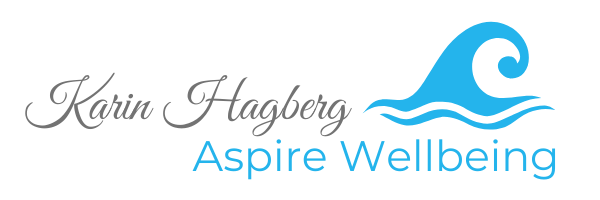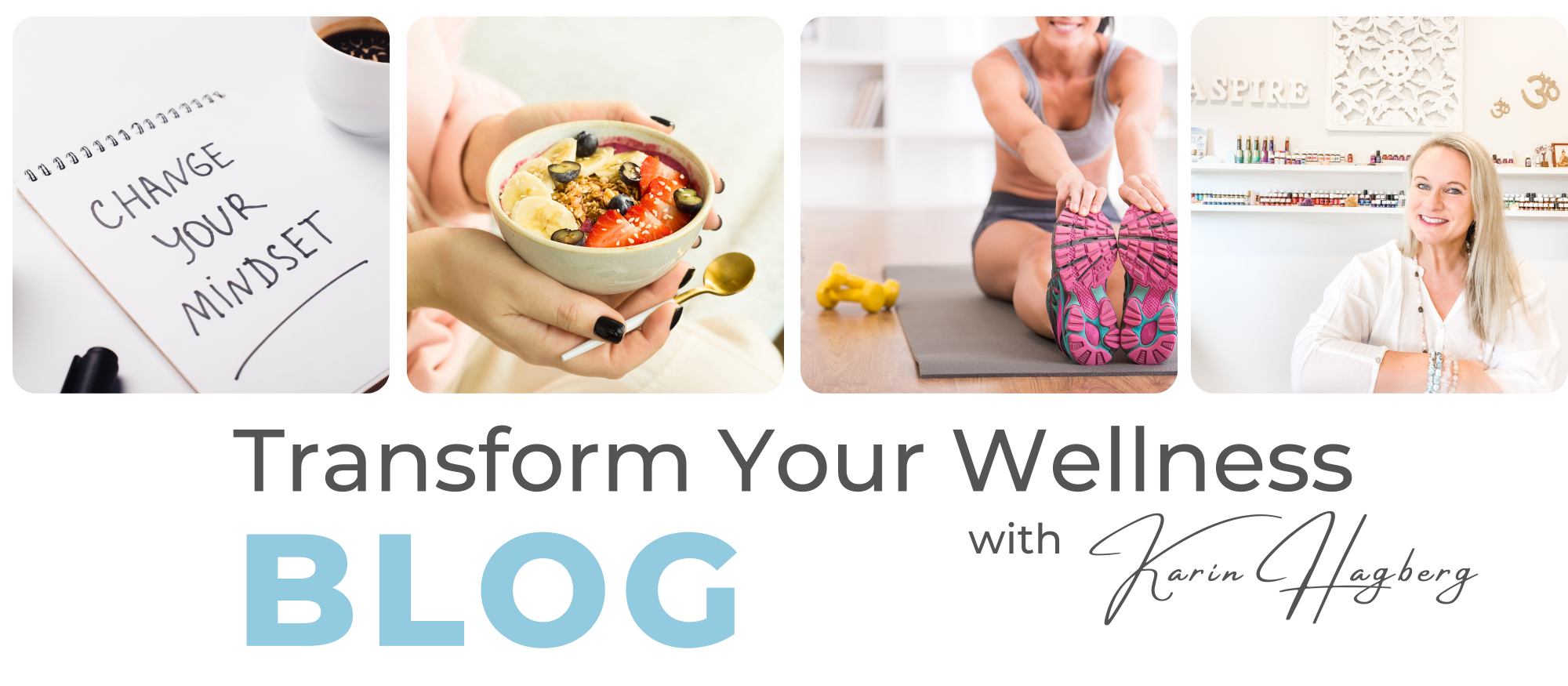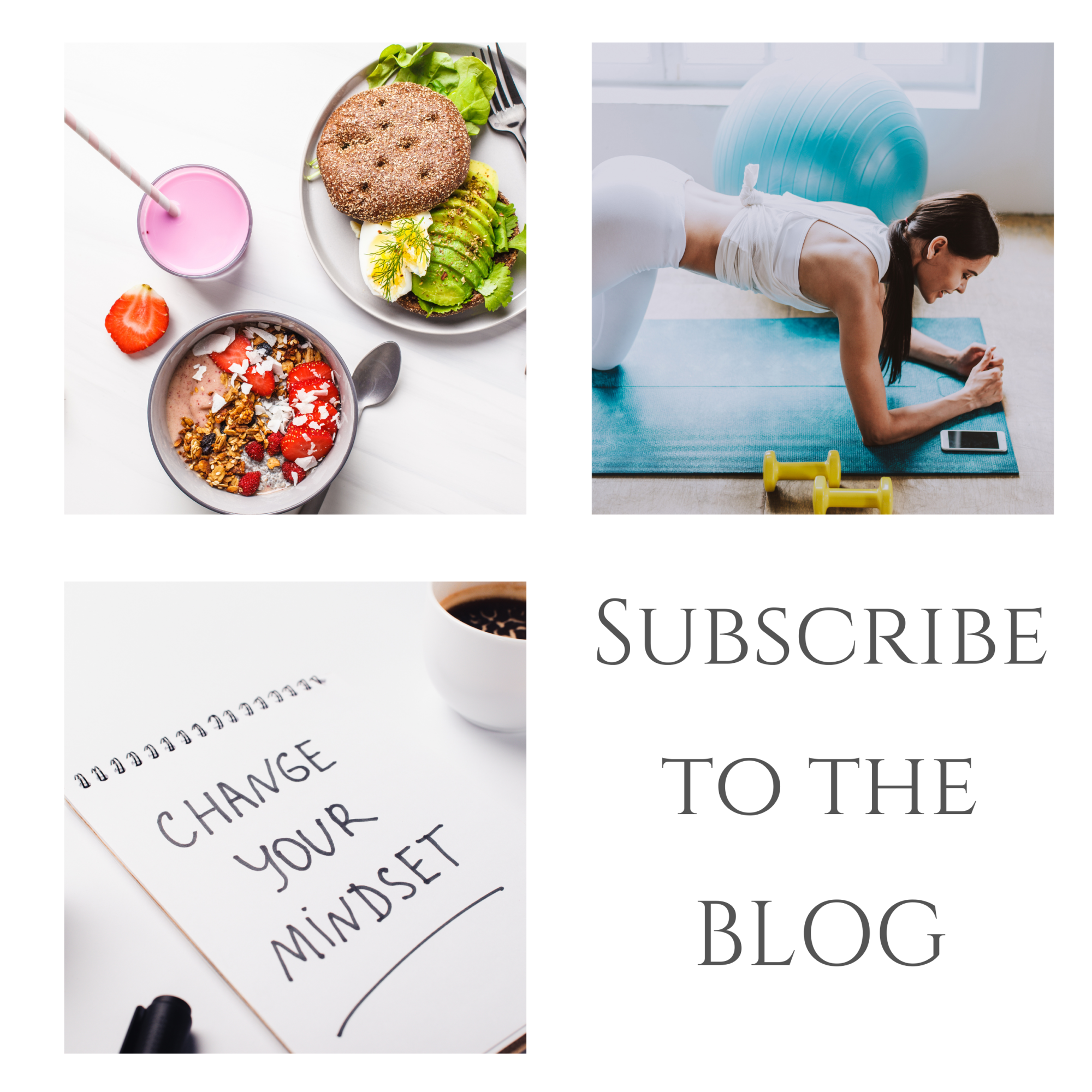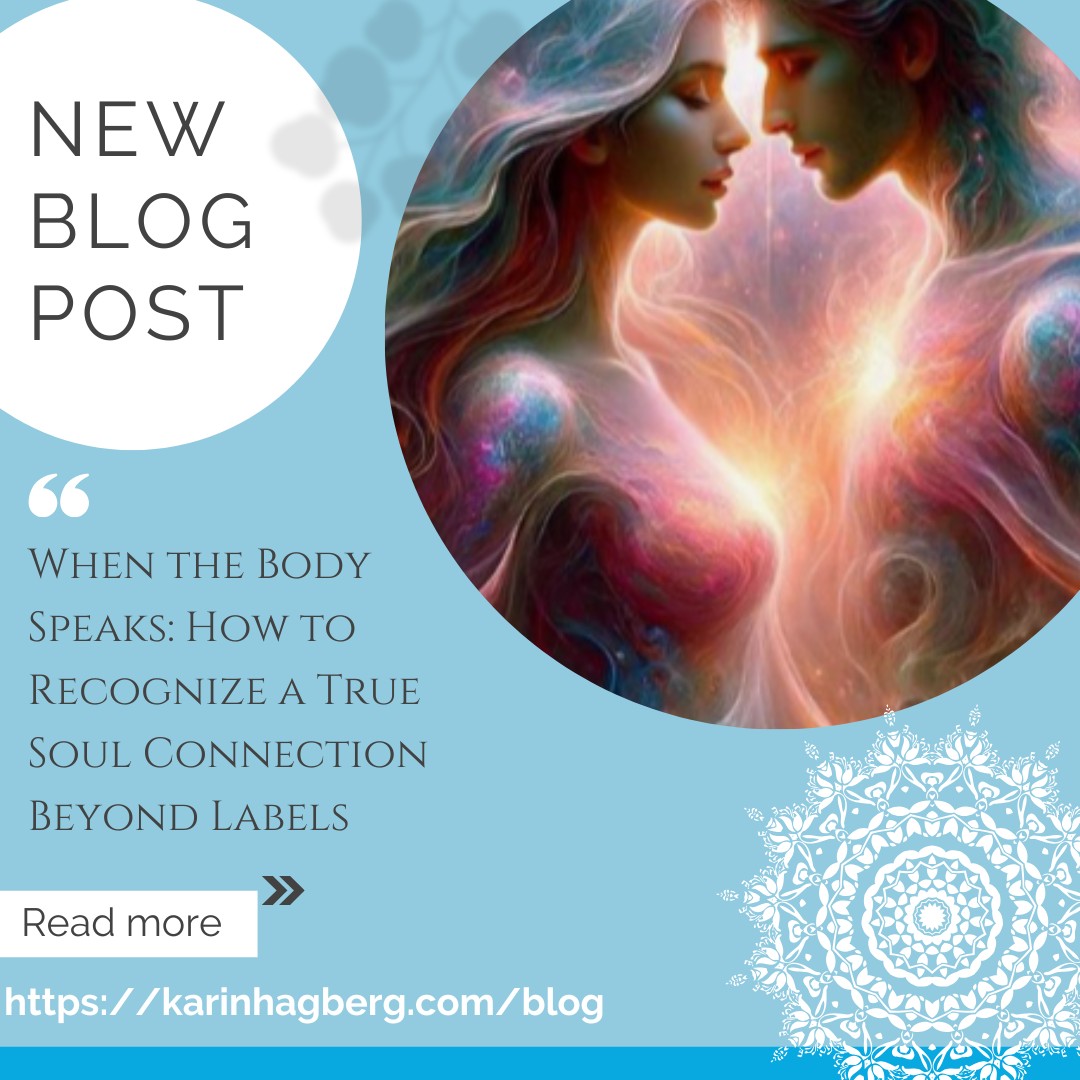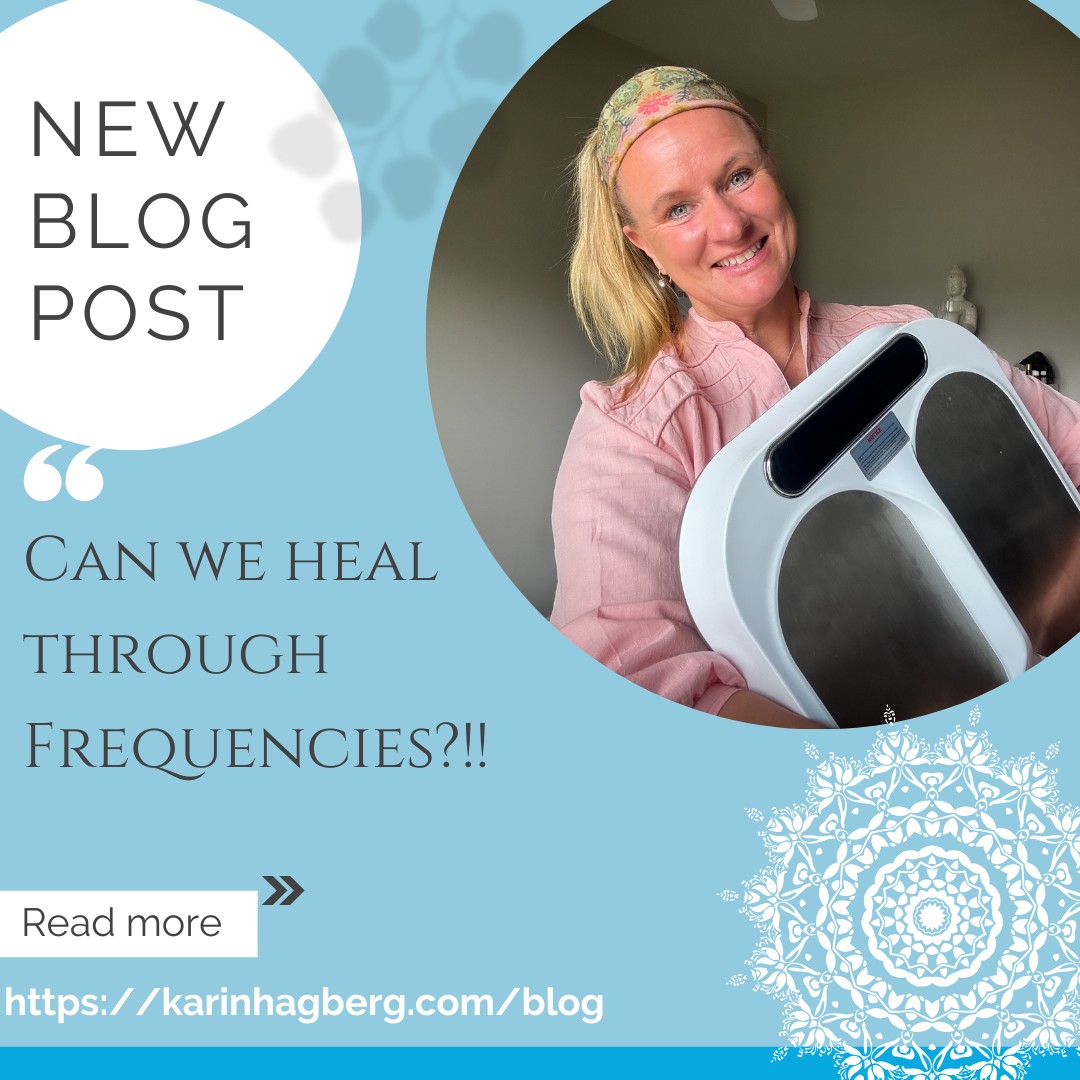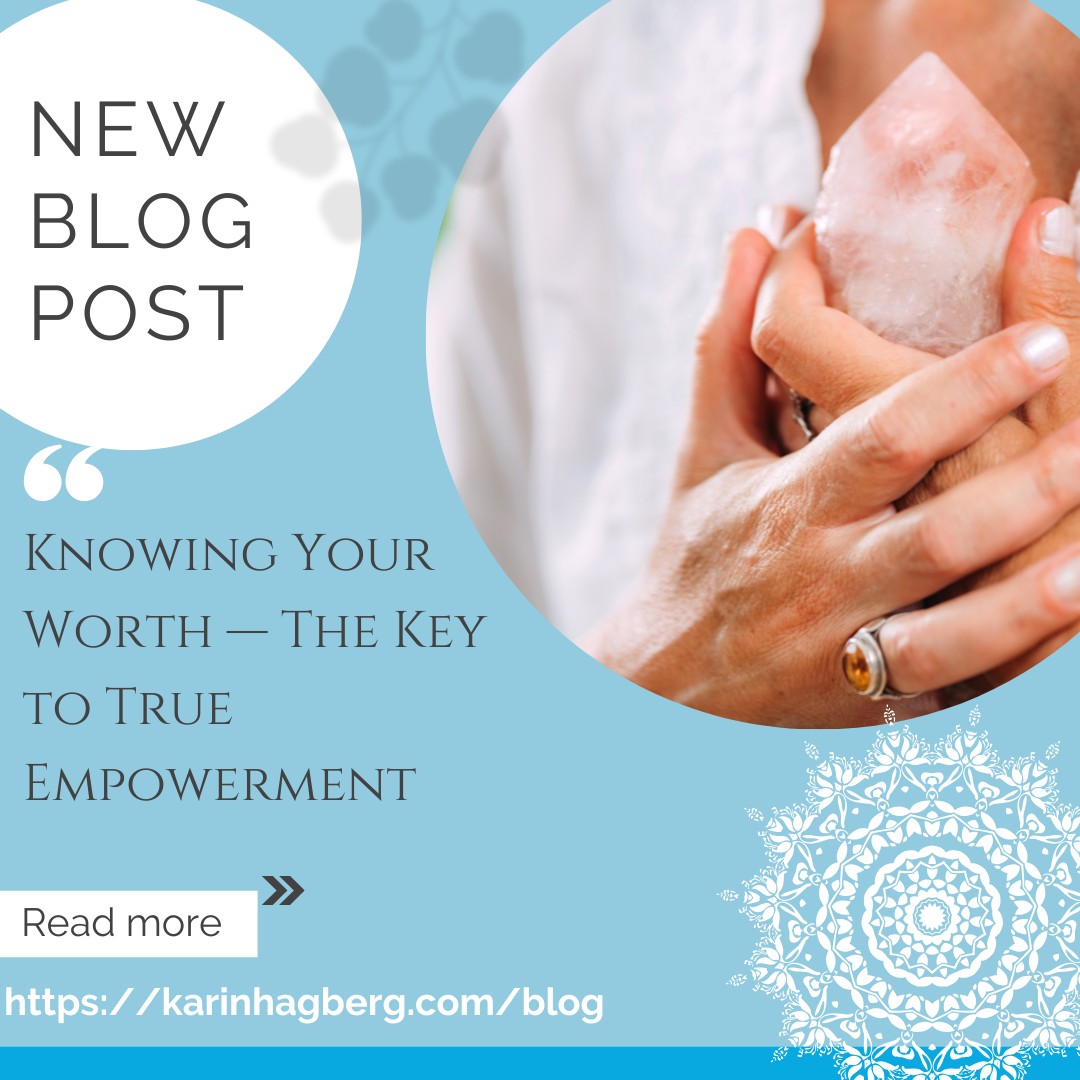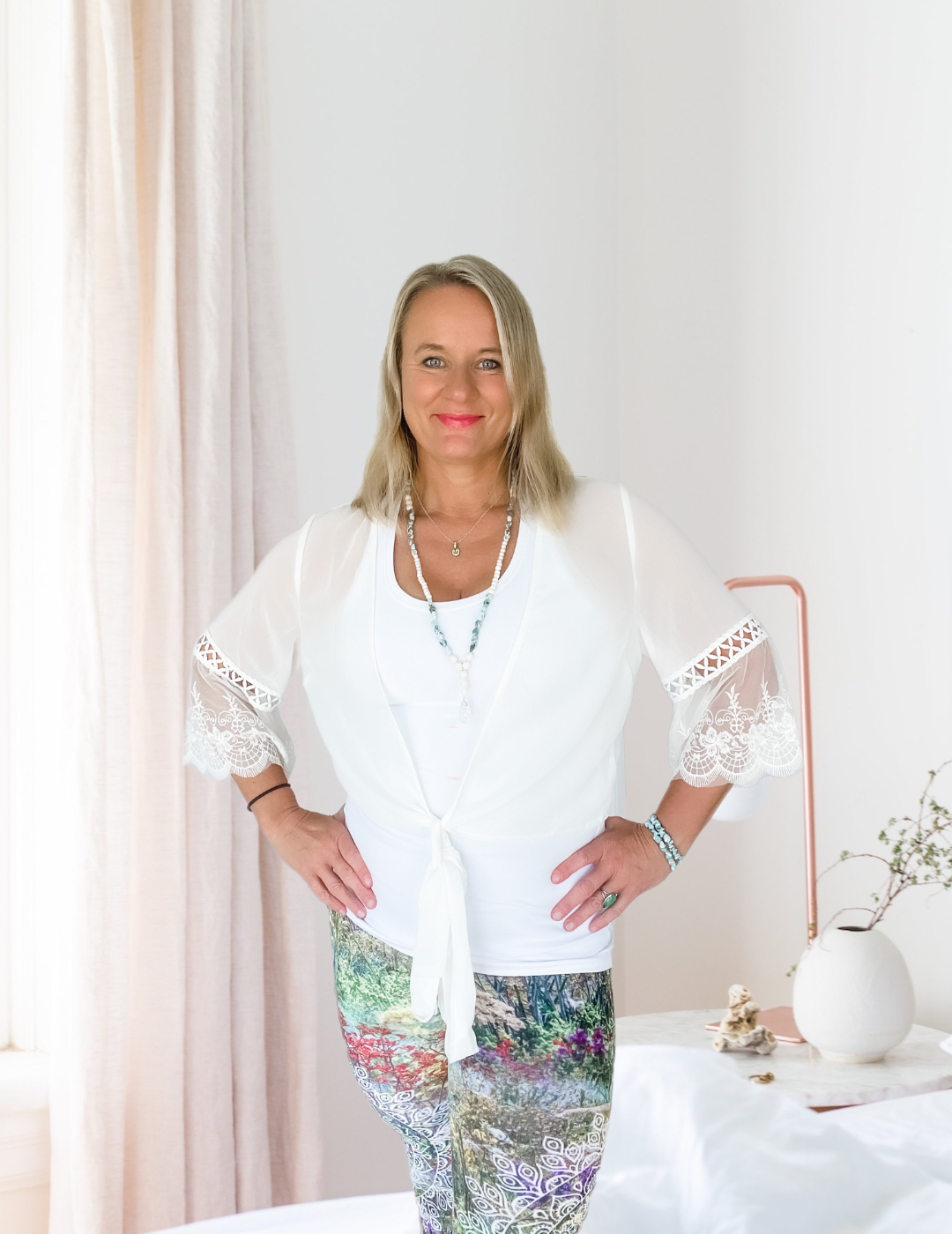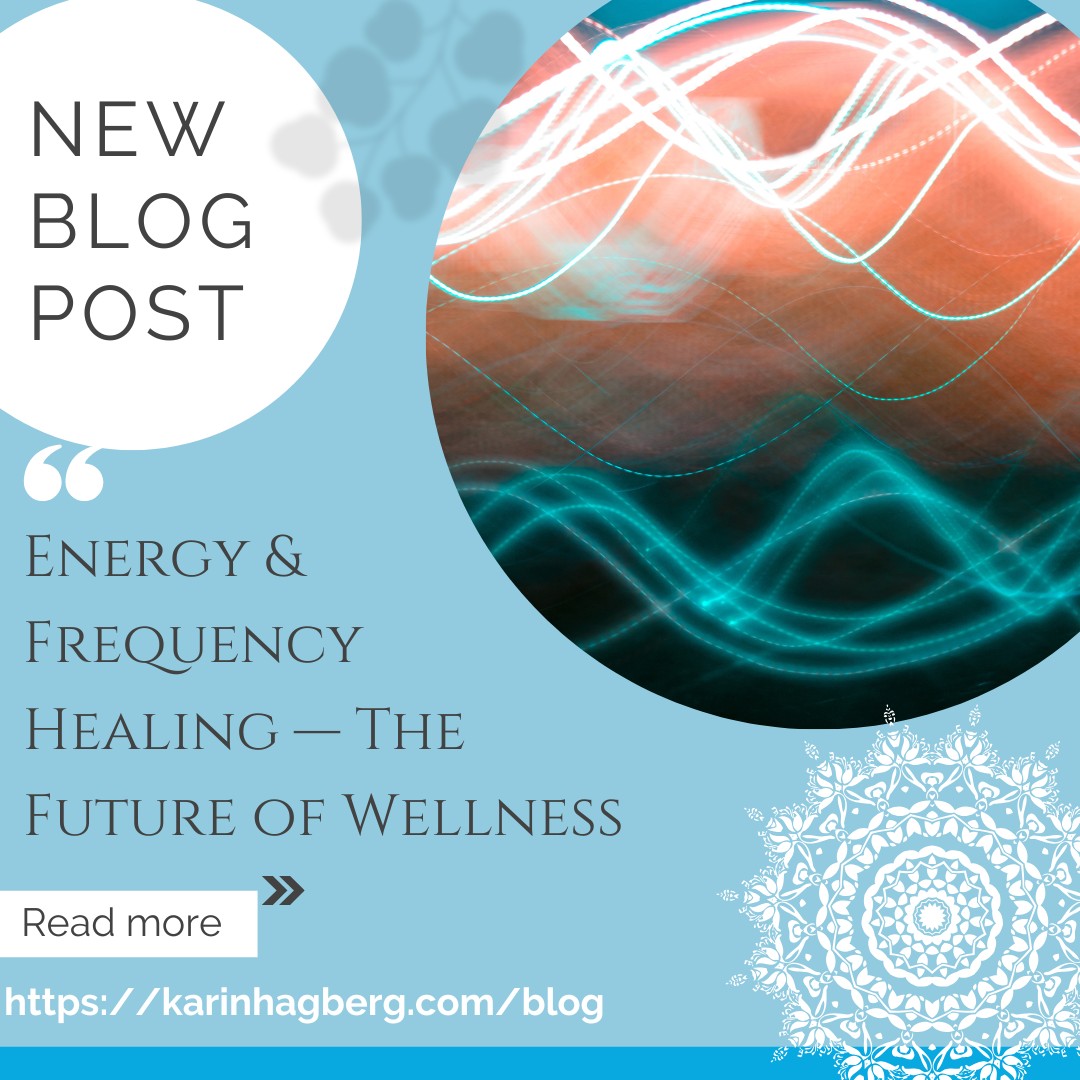
Unlock the secrets of true well-being by understanding the vibrational nature of our existence where energy flows and frequency harmonises our life. Discover how balance across physical, mental, emotional, and spiritual realms can revolutionize your well-being, and explore the exciting potential of cutting-edge therapies like PEMF (Pulsed Electromagnetic Field therapy) and Terahertz frequencies. These innovative technologies may recharge your cells, restore balance, detoxify, and enhance your body's natural healing powers. Dive into a world where science meets serenity and explore how energy regulation can be the cornerstone of a life filled with vitality and abundance. Curious about how these frequency-based therapies can transform your wellness journey? Explore the mysteries and miracles of energy healing and begin your transformative journey today!
Read more...
In a world that feels increasingly disconnected from its roots, a transformative shift beckons us towards a new consciousness—one that prioritises inner wisdom, authenticity, and harmonious living. As we redefine abundance and success, it's no longer about external achievements or wealth alone, but about living a life filled with love, creativity, and joy. This awakening invites us to let go of scarcity mindsets, follow our true energy, and embrace the dance of co-creation with the universe. By embodying gratitude, presence, and our inner strength, we align ourselves with a profound shift, inviting abundance and success that resonate deeply with our souls. Dive into this exploration of vibrant new beginnings and discover what true abundance means for you in this evolving world. Curious about how to thrive in this new era? Read on to unlock the secrets of living in alignment with your highest self.
Read more...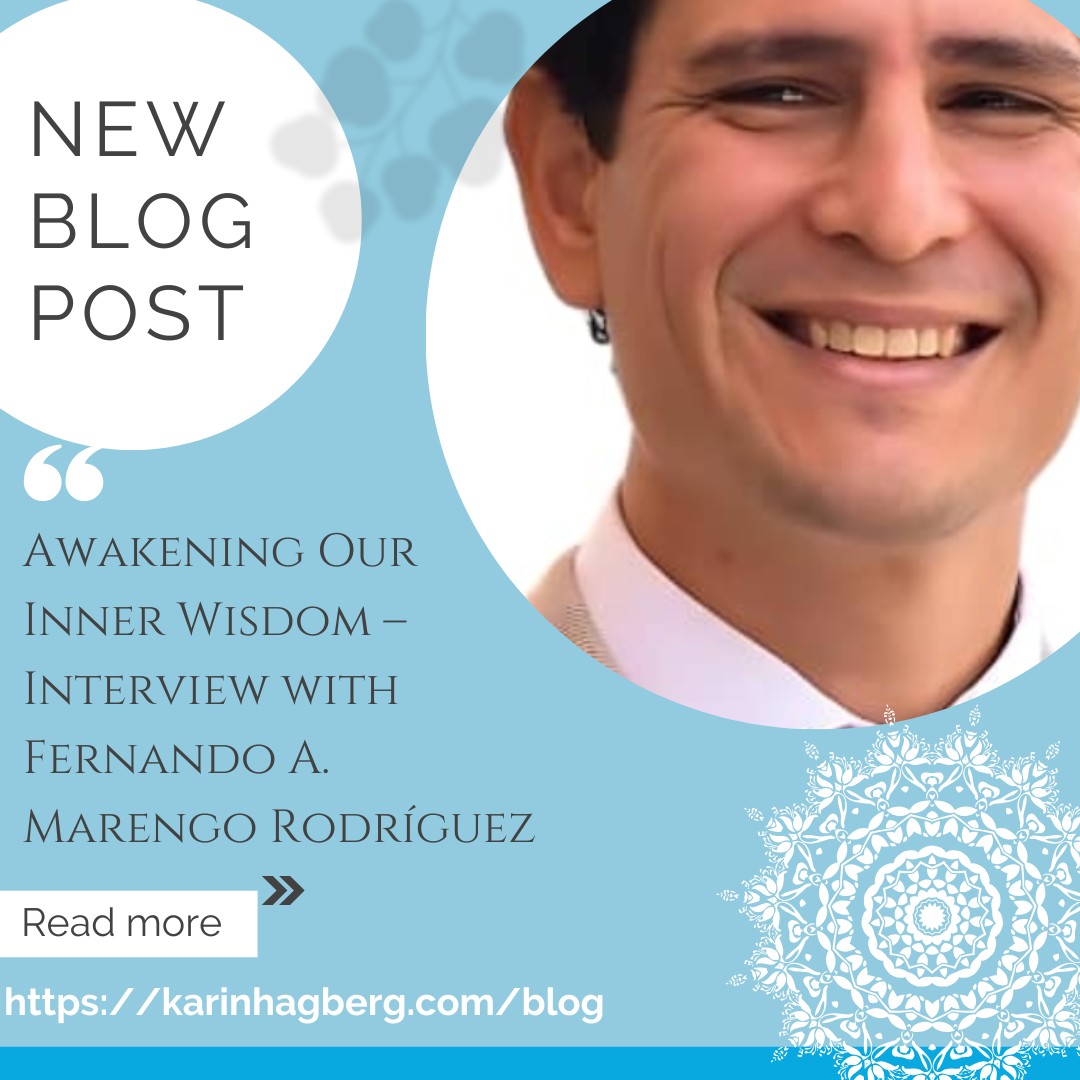
I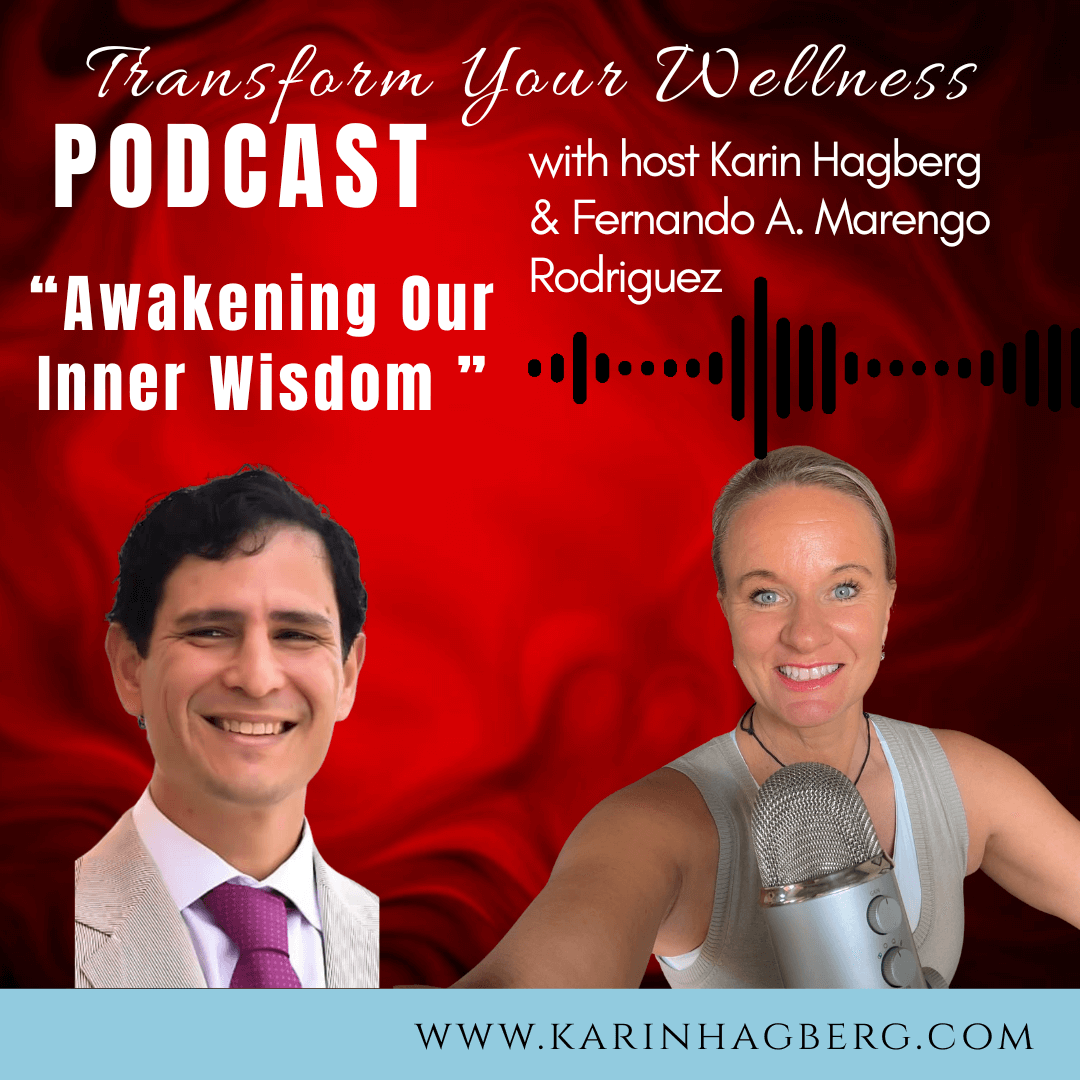
I’m so excited to share my latest episode on the Transform Your Wellness Podcast!

In this conversation, I had the honor of interviewing Fernando A. Marengo Rodríguez — a man whose journey beautifully bridges science, spirituality, and healing.
Fernando’s story is one of courage and transformation. From his successful career as an electronics engineer, researcher, and university professor… to answering a deeper calling as a healer and coach, his life reflects what happens when we choose authenticity over convention.
Fom Engineering to Inner Healing
Fernando graduated as an electronics engineer in 2005 and went on to earn a Doctor of Engineering degree in 2008. He spent years working as a scientific researcher, professor, and engineer in the USA.
Yet in 2015, he faced a profound personal crisis that became the catalyst for change. “I felt a calling, like my soul was screaming for something deeper,” Fernando shares. It was this moment that set him on a self-healing journey, helping him uncover the natural gifts he carries into his coaching today.
Holistic Coaching and the Biofeedback System
Since 2019, Fernando has been serving clients around the world as a healer and coach. To date, he has worked with thousands of seekers and over 500 individual clients from 28 countries.
In 2023, he developed a groundbreaking heart rate variability (HRV) biofeedback system designed to support stress, anxiety, and depression — without side effects. The system blends heart coherence techniques with modern science, restoring balance to the autonomic nervous system.
As Fernando describes it:
"It's about blending ancient wisdom with modern science"
Awakening Inner Wisdom
Together, we explored what it truly means to awaken inner wisdom. Fernando’s message is clear: healing begins when we stop seeking external validation and start listening within.
He reminds us that setbacks are not failures, but teachers guiding us back to authenticity. I loved his closing words:
"Embrace your failures - they're your greatest teacher
Key Takeaways
- True transformation begins with listening inward.
- Science and spirituality can work together in powerful ways.
- Healing is not about perfection, but about authenticity and resilience.
This episode is a powerful reminder of what happens when heart, science, and spirit come together.
👉 Listen to the full episode here: https://karinhagberg.com/page/podcast



Every woman around me was carefully wrapping herself in a towel, turning away, doing her best to stay covered.
It wasn’t a large room — and there were cubicles with doors for anyone who wanted privacy — yet still, there was this sense of needing to hide.
And it made me pause.
Why do we feel we need to hide our bodies… even in a space that’s just for women?
Why do we feel we need to hide our bodies… even in a space that’s just for women?
Growing Up in Sweden Was Different
I grew up in Sweden, where this was never the case. The showers in change rooms were open — no curtains, no cubicles.
Women would stand side by side — showering, chatting, laughing. Bodies were just bodies. There was no shame, no awkwardness, no sense of needing to cover up.
When I was rowing, we even shared the sauna with men. It wasn’t strange. It was simply normal.
A Memory With My Daughter
When my children were little, I saw how different things were here in Australia. My daughter would use her towel like a shield after swimming lessons, because that’s what “everyone did.”
But when she was 11 (and my son was 9), we spent three months in Sweden.
One day, she came home after sports at school, her eyes wide.
“Mum… the girls were all running around naked in the change room! Showering, laughing, not even caring!”
At first, she was shocked. A little uncomfortable.
But then she noticed the freedom in it — the comfort, the joy, the complete lack of shame.
But then she noticed the freedom in it — the comfort, the joy, the complete lack of shame.
That memory has always stayed with me.
A Body is a Body
I’ve worked with bodies for over 25 years. I’ve seen every shape, every size, every scar, every wrinkle, every story.
And you know what?
👉 None of that defines a person.
👉 None of that defines a person.
Your body is not who you are.
Your body is your temple.
Your body is your temple.
Bodies Change — And That’s a Privilege
As women, our bodies go through incredible journeys:
🤰 Pregnancy
🧒 Birth
🌙 Menopause
⏳ Aging
🤰 Pregnancy
🧒 Birth
🌙 Menopause
⏳ Aging
Bellies stretch. Breasts sag. Skin wrinkles. Gravity leaves its mark.
Yes, those changes can feel confronting when we look in the mirror.
But every mark, every fold, every wrinkle is proof that you’ve lived.
But every mark, every fold, every wrinkle is proof that you’ve lived.
And isn’t that worth embracing?
My Message to You Today
Can you stand in front of a mirror and truly love what you see?
Not “one day when you’ve lost weight.”
Not “when you’ve toned up.”
Not “when you’ve toned up.”
But right now.
👉 Can you love the belly that carried your babies?
👉 The wrinkles that came from years of laughter and tears?
👉 The softness that time has gifted you?
👉 The wrinkles that came from years of laughter and tears?
👉 The softness that time has gifted you?
And if you choose to make changes, do it from love — not shame.
Move your body, nourish it, care for it. Not because you need to be “perfect,” but because you love yourself enough to honour your temple.
Move your body, nourish it, care for it. Not because you need to be “perfect,” but because you love yourself enough to honour your temple.
Another Reflection…
Why do we hide so much here in Australia?
Why don’t we allow female teachers to simply supervise girls in change rooms — showing them what healthy, comfortable body acceptance looks like? Perhaps that role-modelling is what young girls need most.
And here’s where I may differ from some: I believe there are two sexes — female and male. And we can honour that without shame, without confusion, and without losing the sacredness of our spaces.
What I Believe Deeply
✔️ A body is a body — it is not who you are.
✔️ Every wrinkle, every fold, every scar tells your story.
✔️ Hiding feeds shame. Embracing feeds love.
✔️ Self-love begins when you stop fighting your reflection.
✔️ Every wrinkle, every fold, every scar tells your story.
✔️ Hiding feeds shame. Embracing feeds love.
✔️ Self-love begins when you stop fighting your reflection.
A Question For You
👉 What is your relationship with your body?
👉 Do you hide, or are you learning to accept and love yourself?
👉 Why do you think women hide in change rooms here in Australia?
👉 Do you hide, or are you learning to accept and love yourself?
👉 Why do you think women hide in change rooms here in Australia?
This may trigger some… but maybe that’s the point.
Maybe it’s time we open up the conversation.
Because real self-love doesn’t start “one day when we’re perfect.”
It starts now.
With the body you live in today.
It starts now.
With the body you live in today.
Love it. Care for it. Honour it.
Because it’s yours.
And it’s beautiful.
Because it’s yours.
And it’s beautiful.
Karin Hagberg – The Awake Wellness Warrioress

Father’s Day is that cherished moment to honor the profound impact of fathers, grandfathers, and father-figures, both past and present, who embody the sacred masculine with their steady presence, courage, and guidance. This celebration invites us to reflect on how these figures shape our lives, offering protection and grounding wisdom that nurtures the dance between masculine and feminine energies. For those who may have grown without this presence, the Divine Masculine is a universal force, ever accessible within the earth, the cosmos, and ourselves. Dive into the depths of this heartfelt tribute to appreciate the roles these figures play, the strength they inspire, and the harmony they create in our world. Discover how their love, even when imperfect, carves pathways of resilience and support, reminding us all of the enduring bond that transcends time and space.
Read more...